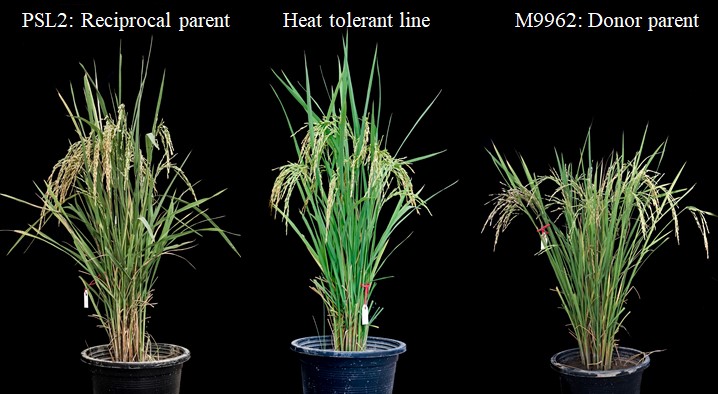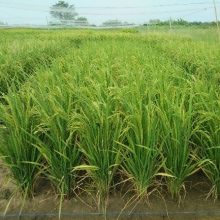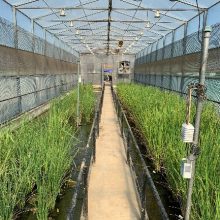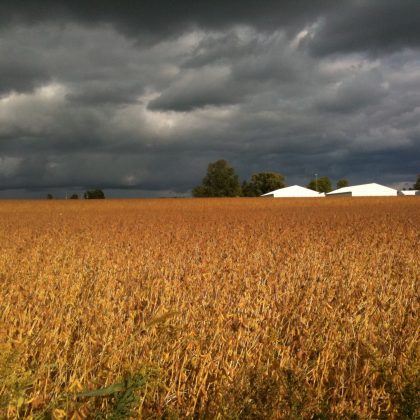Backcross breeding for improvement of heat tolerance at reproductive phase in Thai rice (Oryza sativa L.) varieties
Rice production determines food security for many countries, as it is the only major grain grown exclusively for food and provides over one fifth of the calories consumed worldwide. Rice production is also an essential component of Thailand’s economy and culture. Nowadays the effects of climate change, including higher air temperatures, floods, droughts, severe storms and sea level rise, put Thailand’s rice crops at risk.
Thailand’s Department of Meteorology reported an average maximum daytime temperature of up to 40ºC, especially during the months of April and May, and this trend in Thailand’s air temperature rise is likely to increase by 1.2 to 1.9 °C by 2050. A high temperature above 35 °C during the reproductive stage reduces rice production, especially when the high temperature occurs during flowering, because it causes a low seed set resulting in a decrease in yield. Thus, the rice breeding programme in Thailand must have a strategy to develop crops that are adaptable to the effects of climate change, particularly in major rice growing areas during the dry season that are currently vulnerable to increased temperatures.

Due to limitations of the heat tolerance germplasm in Thailand, our breeding team screened for rice germplasm from 10000 Jao Hom Nin mutant rice plants that can tolerate high temperatures using extreme temperature conditions from 40 ºC to 45 ºC during the entire reproductive stage starting at booting until final harvest. The line M9962 was confirmed as a genetic heat tolerance donor parent in 2013. This line was then used in a backcross programme to incorporate high temperature tolerance into an elite rice cultivar, Phisanulok2 (PSL2), which was then tested for heat tolerance under greenhouse conditions. PSL2 was used because it is the commercial cultivar that farmers in 29 provinces of the central region of Thailand grow in irrigated areas during the dry season and is at risk of heat stress during reproductive stages. In this breeding programme for heat tolerance improvement, spikelet fertility was used as a morphological marker for selection in each generation.


After ten years of breeding and evaluating the various crosses, yield trials for the four lines showing most promise for heat tolerance (BC2F7, BC3F6) were subsequently conducted under field conditions at three locations and under controlled greenhouse conditions during the dry season of 2019. These four lines exhibited a high percentage of spikelet fertility and high yield for a daytime temperature of 37°C daytime under field conditions and for a temperature of 40°C under greenhouse conditions. In addition, one promising line was very similar to PSL2 in terms of genetic background, plant type and grain quality, but it had a higher spikelet fertility and grain yield compared to PSL2. In the future, these four promising lines will be evaluated further in regional adaptability tests in the central part of Thailand under heat stress conditions in research stations and farmers’ fields, especially during the dry season. The best line will be released as a commercial rice variety to reduce the potential impact caused by high temperature exposure during the reproductive stage under current and future climate change conditions.
The article “Backcross breeding for improvement of heat tolerance at reproductive phase in Thai rice (Oryza sativa L.) varieties” by C. Malumpong, R. Buadchee, B. Thammasamisorn, P. Moung-ngam, B. Wasuri, C. Saensuk, S. Arikit, A. Vannavichit and S. Cheabu, was published in The Journal of Agricultural Science and is available free for a month.






